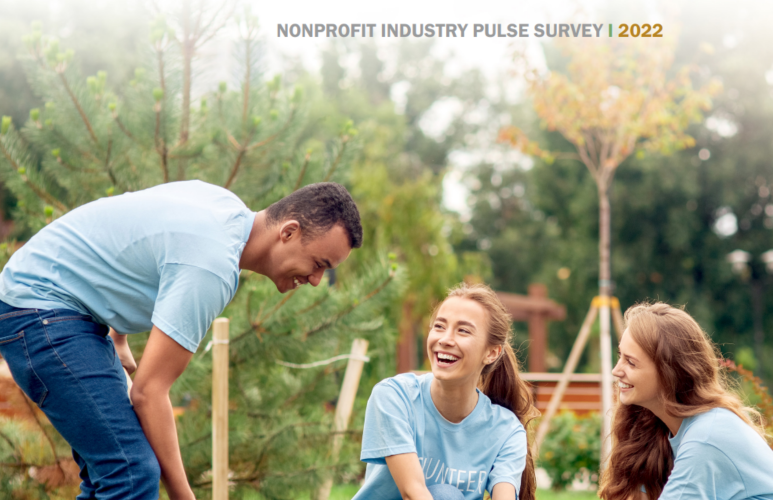The top challenges for nonprofits have flipped, from budget shortfalls or rising expenses last year, to staffing challenges this year, according to a new survey.
Staffing challenges were cited by 69% of respondents in the 2022 Nonprofit Industry Pulse Survey by CBIZ Marks Paneth compared to 48% that reported budget shortfalls and rising expenses. Last year, about one-third of nonprofit leaders chose cash flow challenges as a top threat. Debt management, competition from other nonprofits or supply chain issues were less popular concerns. Respondents could choose more than one challenge.
The survey represents an aggregated sample of executives and C-level leaders at nonprofits. It was distributed Dec. 1, 2021 and open for three weeks. More than half of respondents were charities, with 36% classified as “other nonprofits” and 10% as foundations. Some 1.5% were religious organizations or churches. Almost half of respondents (48%) were CFO/director of finance, followed by president/CEO/executive director (27%), board member (19%) and other executive (6%).
“A lot of what nonprofit leaders did to survive in the last couple of years are changes that will become part of their go-forward operations, like having hybrid in-person virtual events, or leveraging board members and volunteers to fill staffing gaps,” said Hope Goldstein, a managing director who leads CBIZ Marks Paneth’s Nonprofit, Government & Healthcare practice.
“The challenges of the pandemic have accelerated initiatives that will power up the nonprofit sector’s future in what will be a new and more robust industry,” said Goldstein, who is also a shareholder at Mayer Hoffman and McCann (MHM). “Taking leaps that seemed impossible in the past are giving these leaders many opportunities to transform their organizations.”
One-quarter of survey participants identified “COVID-related issues” as a significant ongoing threat. The inability to meet in person or hold in-person events is a significant threat to revenue as well as effectiveness as an organization. Meanwhile, enrollment and attendance for program-related nonprofits has decreased.
Another one-third of respondents where programming is offered said they are reevaluating future offerings. Fewer than 1 in 10 (8.2%) said they were changing anything. As for operational changes, almost one-quarter plan to expand digital service delivery. An equal percentage (18%) will consider outsourcing some back office and departmental functions; mergers; restructuring or asset acquisitions.
Almost half of survey respondents (47.7%) plan to increase headcounts in the next three to six months, “which may indicate these organizations are already operating at less than full staff or need additional staff to relieve fatigued, absent or exiting staff.” That compared with 42% of leaders who planned to maintain headcounts in last year’s survey.
At the start of 2021, just as many nonprofit leaders planned to add staff as planned to reduce staff, 21%, or about 1 in 5. This year, about 29% of leaders plan to retain headcount in the next three to six months. Only 6% expected to reduce staff. Loss of executives and staff have weakened organizations, according to the survey responses, with talents and contributions of board members and volunteers becoming more important.
Nonprofits benefitted from federal and state pandemic relief funding during 2021. Two rounds of the Paycheck Protection Program (PPP) and other government relief helped organizations maintain staffing levels and more, with 38% indicating the forgiveness application is in process or completed. Another 32% said they had no outstanding debt issues.
The complete 20-page report and survey results can be accessed here.
